2009 ALMS Monterey Sports Car Championships - Click above for a high-res image gallery
Spring is nearly upon us, and that means it's time for the races. Here in North America, the top rung of the sports car ladder is the American Le Mans Series (ALMS), which, as always, kicks off its season with the 12-hour enduro at Sebring. For 2010, however, ALMS organizers have made some changes to the class structure with the old LMP1 and GT1 classes falling by the wayside.
A few weeks ago we had the chance to sit down with ALMS CEO Scott Atherton and get the state of the series. Everything you need to know about ALMS and the changes for 2010 is compiled after the jump.
Photos copyright ©2009 Drew Phillips / Weblogs, Inc.
For the better part of the last decade, the American Le Mans Series has consisted of four classes of cars: Le Mans Prototype (LMP) 1 and 2 and Grand Touring (GT) 1 and 2. The LMP1 and GT1 classes were the premier segments and have pretty much been dominated by factory teams since inception. Until 2009, LMP1 was the province of Audi, first with the R8 and later with the R10 TDI. Last year Acura took the LMP1 crown as Audi ran only two U.S. races with its new R15 TDI. In GT1,Corvette Racing's factory-backed C5.R and C6.R have been the class of the field.
A combination of rising costs and a weak global economy severely thinned both the LMP1 and GT1 fields in recent years, often leaving the Audis and Corvettes running virtually unopposed. Atherton tells Autoblog that ALMS unofficially combined the P1 and P2 classes beginning in 2008 by using its authority under the rules to adjust weight and restrictor sizes to balance the two classes. Hence, the LMP2 cars were often able to run with the big dogs. For 2010, ALMS has formally eliminated the LMP1 entirely, consolidating the remaining cars into a single LMP class.
Similarly, Chevrolet's decision to move the Corvettes to GT2 with an all-new car has made creating a single GT class a no-brainer as well. In 2010, GT's likely be the class to watch as the Corvettes take on the Ferrari F430s, BMW M3s, Porsche 911s, Aston Martin Vantages, Ford GTs and the new Jaguar XKR.
Replacing the two eliminated classes on a full-time basis are two new classes that saw limited testing in 2009. The GT challenge class competed at several events last year with a field of six Porsche 911s. The second new class is called LMP Challenge. Both Challenge classes are intended to provide competitors with a lower-cost option.
LMP Challenge is a "spec prototype" class using a car developed in France by Oreca Racing. A prototype LMPC car ran unclassified as a demonstration during last fall's Petit Le Mans at Road Atlanta. The LMPC car is built to LMP2 technical standards, but with components and systems that, in Atherton's words, have been "value engineered to make it more affordable to buy and to operate." Starting life as a Courage LMP2 chassis, the LMPC racer retains the full carbon fiber chassis and bodywork, the XTRAC sequential paddle shift gearbox, as well as other elements that competitors would expect of a "real prototype." The suspension geometry is carried over from the original car, but various parts previously made out of lighter, more expensive materials have been replaced with cheaper-but-heavier equivalents.
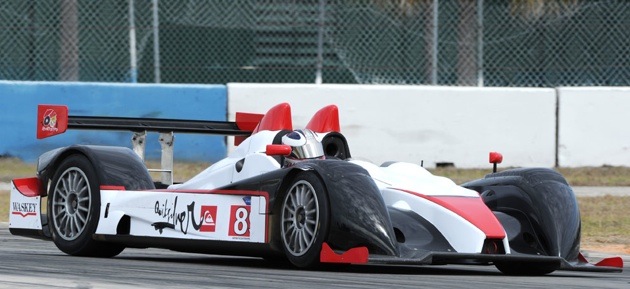
Intersport Racing Oreca FLM09 LMPC car
Power for the LMPC car comes from a sealed General Motors LS6 V8 tuned to about 400 horsepower and built to last a full racing season. Teams can buy a turnkey, ready-to-race LMPC car for about $400,000; it only needs fuel and tires. A full season of competition, including the 12 hours of Sebring, 6 hours of Laguna Seca and 10-hour Petit Le Mans should cost a team about $1 million. While that certainly isn't cheap, it's a lot less costly than any other high-end prototype class. "It's a reflection of the economic circumstances that we've all operated under for the last two years," says Atherton.
"The method to the madness," he adds, "is to broaden the accessibility of the American Le Mans Series to encompass more teams, more competitors that otherwise wouldn't have been able to participate." Based on the description of the LMPC car and the results during the recent winter test at Sebring, fans shouldn't notice any degradation in competition, just bigger fields.
Similarly cost is a concern in the GT ranks. There's been much discussion over the past year about revisions to the GT rules and the Automobile Club de l'Ouest (ACO, the 24 Hours of Le Mans organizers) had proposed implementing the changes for the 2011 season. After lobbying from teams that developed their cars in compliance with current GT2 and ALMS rules, ACO's changes now appear likely to be put off until 2012.
While GT2 regulations maintain the status quo for 2010, the new GT Challenge class will be a full-season fixture this year. GT Challenge made its first ALMS appearance last spring in Utah, where a handful of the top cars from the Patron IMSA GT3 challenge took part. The challenge cars later reappeared at Mid-Ohio and a couple of other races. Atherton addresses the critics who said that it was just a blatant attempt to put more cars on the grid with, "You're absolutely right!" He also says that adding GTC was "an opportunity to give drivers, teams, crews and mechanics an opportunity not to just stand on the ground looking up at the ladder, but to stand on the ladder looking up at the next level. The next level in this case being a full-blown GT2 program."

For 2010, the GTC class is open to entrants from the Patron IMSA GT3 series, as well as GT3 cup cars from Grand-Am and the SCCA World Challenge. While all these cars are nominally FIA GT3-equivalent machines, only the Porsche 911s will be eligible for this first full season of GTC competition. Atherton doesn't expect the Porsche exclusivity to continue beyond 2010. If, as expected, ALMS opens up GTC next year, things could get extremely interesting based on some of the current crop of GT3 cars running in Europe. That group presently includes the Audi R8 LMS, BMW Z4 GT3 and others.
Current FIA GT3 racers, however, are actually higher-performance machines than the 2010 GT Challenge cars, falling somewhere between GT2 and GTC. Atherton doesn't want to simply drop the current GT3 crop into GTC and destroy the competition, so performance would likely be equalized a bit. That's part of why ALMS GTC is going Porsche-only this year. For 2010, ALMS will limit the number of GTC entrants to 10 cars. The season opener in Sebring will feature six entries in LMPC and six in GTC.
The biggest initiative ALMS has pushed over the last two years is "Green Racing." To date, that effort has seen teams running diesel, E10, cellulosic E85 and last year, Corsa Motorsports even ran a hybrid LMP1 car. At the last two races of 2009, a new fuel was added to the mix as well. One of Dyson Racing's Mazda/Lolas was no longer in championship contention so the team worked with sponsor BP to test out an ethanol/butanol blend at Petit Le Mans and Laguna Seca.
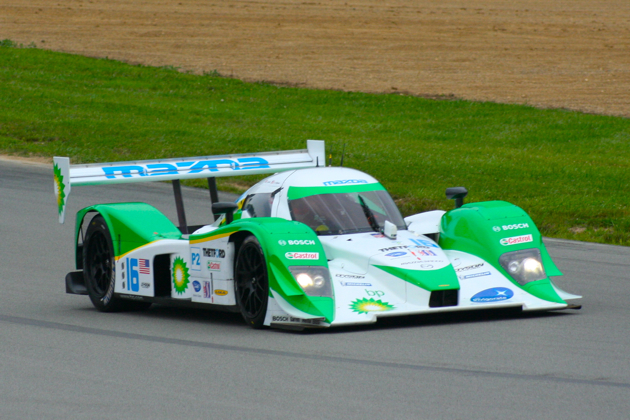
Dyson Racing B09/96 running at Mid-Ohio - click above for high-res image gallery
Butanol is seen as having greater long-term potential than ethanol. Like cellulosic ethanol, butanol can be made from a wide variety feedstocks, but it has chemical properties closer to gasoline. That means it can be used in most cars without the modifications necessary to run ethanol. Atherton acknowledges that butanol is still being evaluated as a regular fuel option for ALMS, but an announcement could come before the Sebring race. If that does indeed happen, it'll onlt boost the series' claim to being the most relevant to automakers.
Whatever fuel cars end up using, 2010 is shaping up to be a very exciting season for ALMS. On to Sebring.
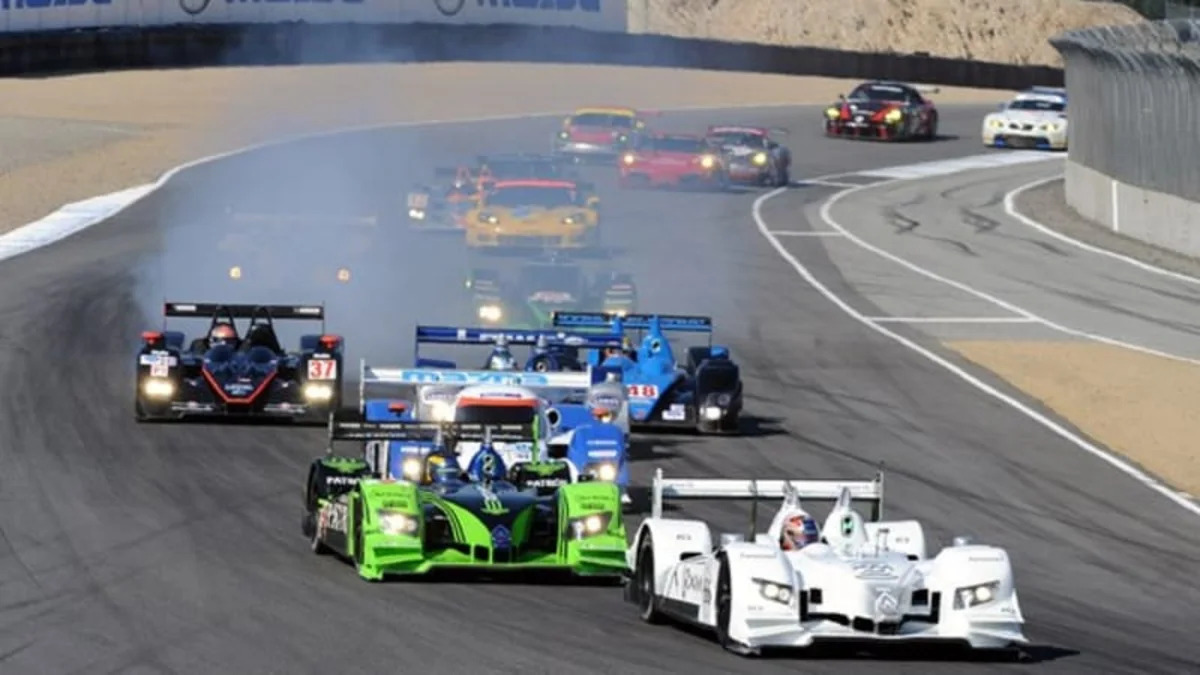

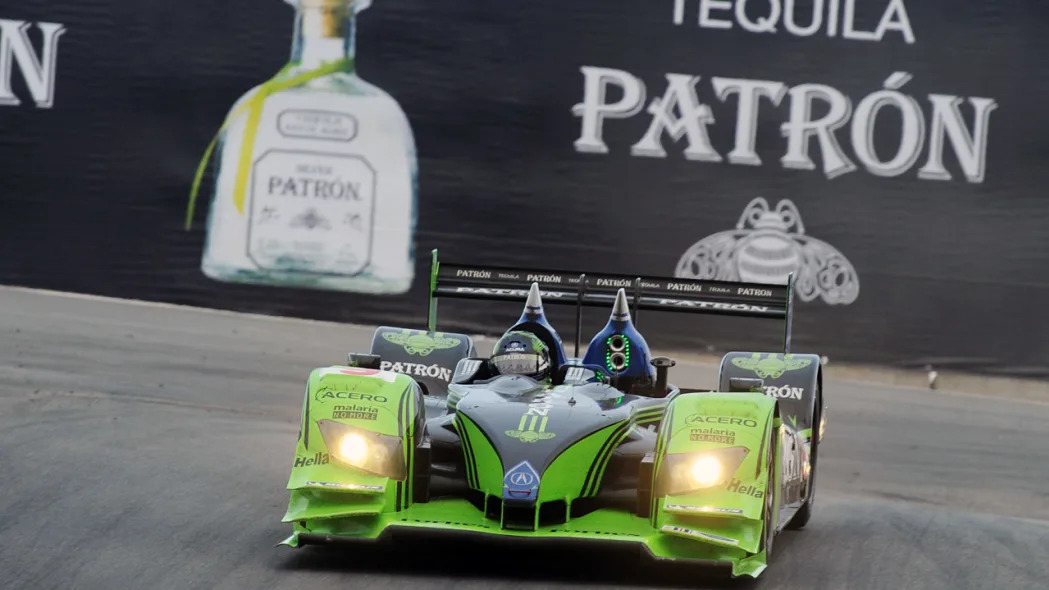
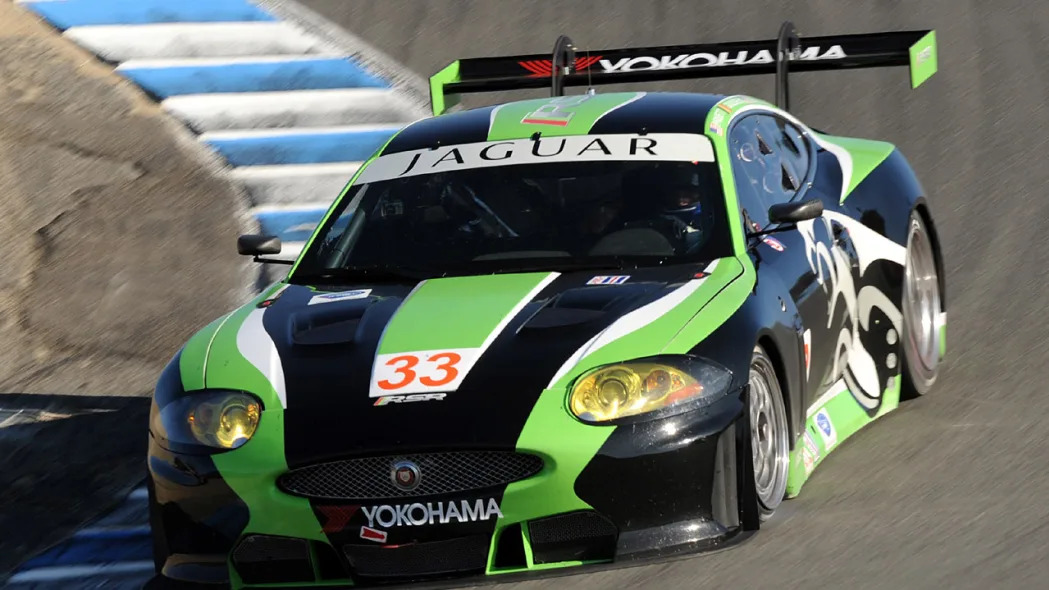



Sign in to post
Please sign in to leave a comment.
Continue